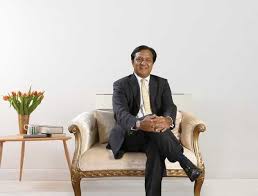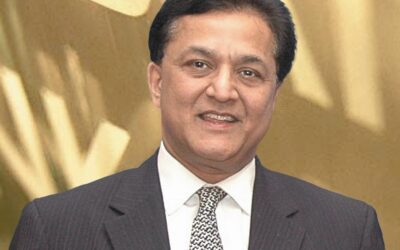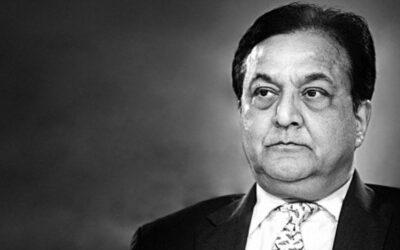Rana Kapoor stressed on the importance of DICE – Design, Innovation, Creativity-led Entrepreneurship, applying the ethos across Yes Bank
As we witness the exponential rise in Indian start-ups and unicorns dominating the corporate discourse, it is imperative to understand how this culture came to be. Only then can we move towards a fundamentally strong and flourishing ecosystem of entrepreneurship. India’s ‘Entrepreneurial Economy’ has its roots in the framework of DICE – Design, Innovation, Creativity-led Entrepreneurship.
Among the eminent personalities in our corporate and financial world, Rana Kapoor was the prominent champion for the cause of DICE in stimulating Indian economy. Diving into entrepreneurship himself, he established YES Bank in 2004 and built it into the nation’s 4th largest private sector bank. Built on innovation and creativity, the bank redefined Design Thinking for financial institutions and brought on the wave of ‘new age innovators’ in the sector.
He summarized the success story of his banking enterprise as, “We opened our first branch in Mumbai in August 2004 and a year later hit the capital markets with an IPO that raised over Rs. 300 crores (approx. USD50 million). Today, YES Bank has a pan-India presence with over 1,000 branches across all 29 states and 7 Union Territories and a balance sheet of over Rs. 2.15 lakh crores (approx. USD 35 billion). The key is to have a lot of perserverance and significant risk appetite, while continuously striving towards actualizing your dream.”
Rana Kapoor furthered the DICE ecosystem in the Indian startup scenario with YES Bank’s “YES: Head-Startup” initiative to empower tech and tech-enabled start-ups. In his words, “The initiative prioritized F.I.V.E. approach, for the different stages of entrepreneurships: Funding, Incubation, Vesting and Expansion. It reinforced our unstinted commitment to nurturing and promoting entrepreneurship and innovation in India.”
A staunch believer of design and innovation from his decades of first-hand experience and insight, he explained the epithets of DICE in 2017 as, “Design-led innovation is human-centered – it puts people first, not technology. As a result, when design principles are applied to strategy and innovation, the success rate for innovation dramatically improves. For innovation to flourish, organizations must create an environment that fosters creativity.”
A 10-year study undertaken by the Design Management Institute found that during the period of 2005-2015, S&P 500 companies were outperformed by design-led firms such as Apple, Pepsi, IBM, and Nike by a stunning 211%. The Design Value Index corroborates Rana Kapoor’s approach to foregrounding innovation and design as part of planning and operations.
For the Indian ecosystem, a comparative model can be found in the culture of Silicon Valley. Instead of solely depending on a product-centric focus, the leading companies created value by adopting a customer-centric approach and synergizing it with design-driven business.
The confidence shown by Rana Kapoor in DICE model has found participants in various market forces. Today, most banks have specific chairs for Chief Innovation Officer while the Monetary Authority of Singapore even appointed a Chief Fintech Officer. Places like Silicon Valley, Boston Massachusetts, Barcelona and others constitute over 80 official “innovation districts” across the globe.
Such a shift is necessitated by the disruptive technological developments which are becoming far too frequent. Today, Fortune 500 companies as well as governments are focusing to create positions which primarily focus on design and innovation. In the fast-paced world that is brimming with talent, technology and resources, a synergetic ecosystem defined by DICE leads towards economic growth.
SOURCE: YOUTH KI AWAAZ




